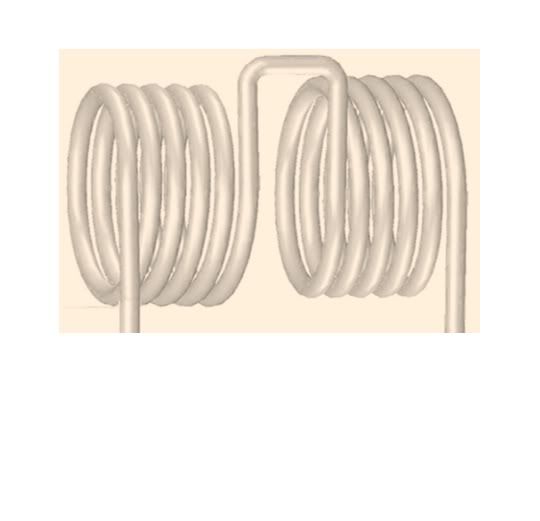Originally posted by Farmhand
View Post









 Any hints.
Any hints. 


 Looks familiar.
Looks familiar. 









 I'm not chasing free energy, I'm experimenting and
I'm not chasing free energy, I'm experimenting and I power my lights from the sun too mainly.
I power my lights from the sun too mainly. 



 Any hints.
Any hints. 





Comment